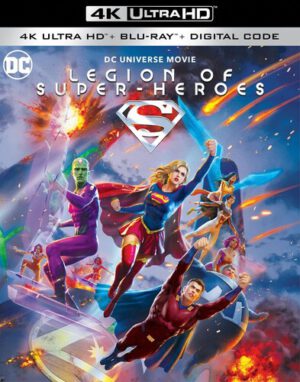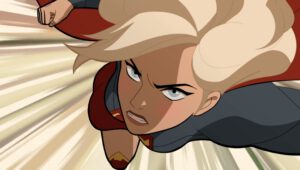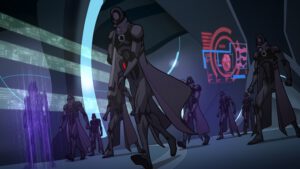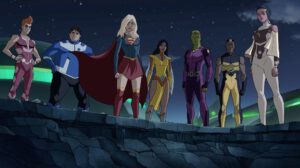In Shadows, Book One by Mallie and Hubert
I may be spoiled. It’s been a while since I hit the end of a graphic novel (or bande dessinee, in this case), realized it was the kind of “Part One” that doesn’t have a real ending, and couldn’t get the next book immediately.
But In Shadows, Book One , by Mallié and Hubert – in best French-comics fashion, each only uses one name – is a 2022 publication – even in its original French, it was a 2021 publication – and the second volume was only published in English nine days ago as I write this. That second volume is not yet available in the app where I read the first book (Hoopla ; ask if your library uses it because it is The Bomb), but I’m hoping it will turn up eventually.
For now, though, what I have is the beginning of a story that is not complete yet. It’s an epic fantasy, so that’s appropriate: no matter what the medium, stories of knights and magic always seem to break into multiple volumes that end on cliffhangers.
This is a generic medieval world: we see one kingdom, which seems small, and a lot of mostly empty countryside. (Tolkien knew that medieval life required a lot of peasants doing agriculture all over the place, but rarely mentioned it; his followers have mostly ignored those peasants for atmosphere.) The disgraced knight Arzhur, now working as a mercenary, is given a chance at redemption by three creepy old women: if he rescues the princess Islen from the monsters holding her captive at the remote Black Castle and returns her to her father, King Goulven, he will be returned to the status of knight and his disgrace wiped out.
Arzhur does not stop to think that “the crones” are unlikely to be able to bind a King, and even less likely to be his official envoys. He accepts a locket with a picture of the princess, and a sword “for slaying monsters,” and does what they ask.
They of course have ulterior motives. The princess is not actually a captive, and the “monsters” may be dark and creepy, but they are friendly to her. The three crones actually want to take Islen to her mother – they declare themselves to be Mae, Nae, and Tae, her “dear old nannies.” Islen seems to be even more opposed to that than she was to the killing of her monstrous companions, so Arzhur drives off the old women. He decides he might as well stick to the original plan and deliver her to her father, since he doesn’t really have any other options.
Arzhur perhaps does not have much experience with magic: it’s unclear how common it is in this world. We learn that Islen’s mother, Meliren, is some sort of magical being (a naga, maybe), that she married King Goulven somehow (I would be very interested in knowing how; it seems unlikely), and that they were deliriously happy up until the point Meliren turned super-evil for no obvious reason.
Islen, also, is expected to turn super-evil at some point, which is why she self-exiled to the Black Castle.
After his first wife turned super-evil and was also banished far away, Goulven remarried – I guess you can remarry without a divorce in this world, if your first wife is a super-evil monster; that’s handy – to a normal woman whose name I can’t find poking through the book. She now has an infant son, and in the ways of all medieval courts is at least mildly intriguing to make sure her son will be the heir, not Islen.
You can imagine things do not go well when Islen returns to her father’s court. Arzhur is not immediately reinstated as a knight, to begin with. The crones are sneaking around the periphery – they’ve already driven off Arzhur’s squire Youenn by this point – whispering to various people to shape events the way they want.
I won’t detail all of the events of the back half of the book, but suffice it to say that things are not going at all in Arzhur’s favor and Islen is not doing much better. And, in the end, there is a big climax and a fight, leading to the (lack of an) ending.
In Shadows is creepy and atmospheric. It moves quickly, and mostly answers its own questions. There is some generic-fantasy stuff cluttering up the background, and I suspect not all of it was entirely thought through, but it’s all things you would expect in any medieval fantasy, in prose or comics. There are secrets still untold, but that’s what a Book Two is for – we can start with what, exactly, caused Arzhur’s disgrace, which is clearly A Story and we have not learned it yet. It also looks great: I believe Mallié is the artist, and Mallié does excellent work here.
For anyone looking for a relatively dark epic fantasy story in comics form, this is a good one: check it out. But know that it is not complete; I’m not sure if Book Two is the end, but I strongly suspect it will be.
Reposted from The Antick Musings of G.B.H. Hornswoggler, Gent.
























